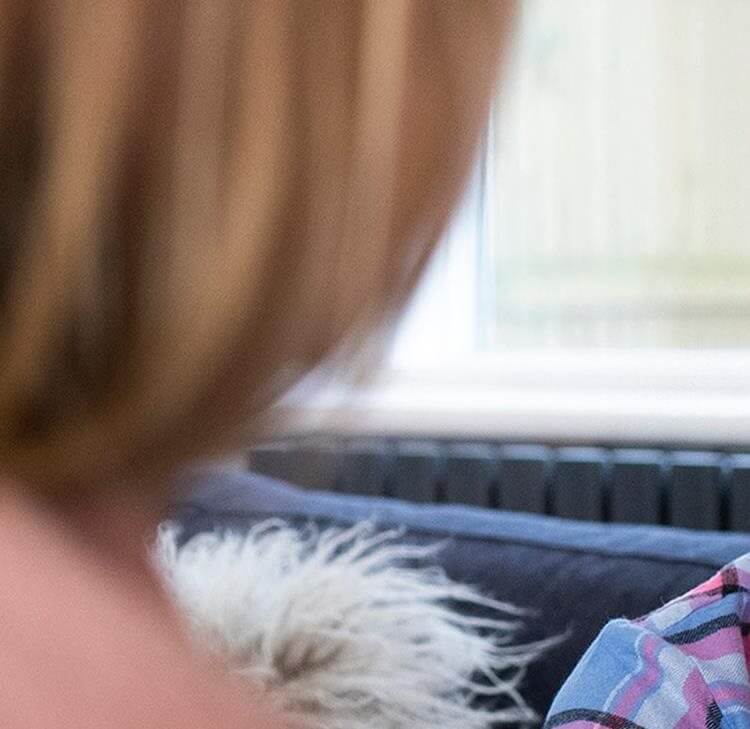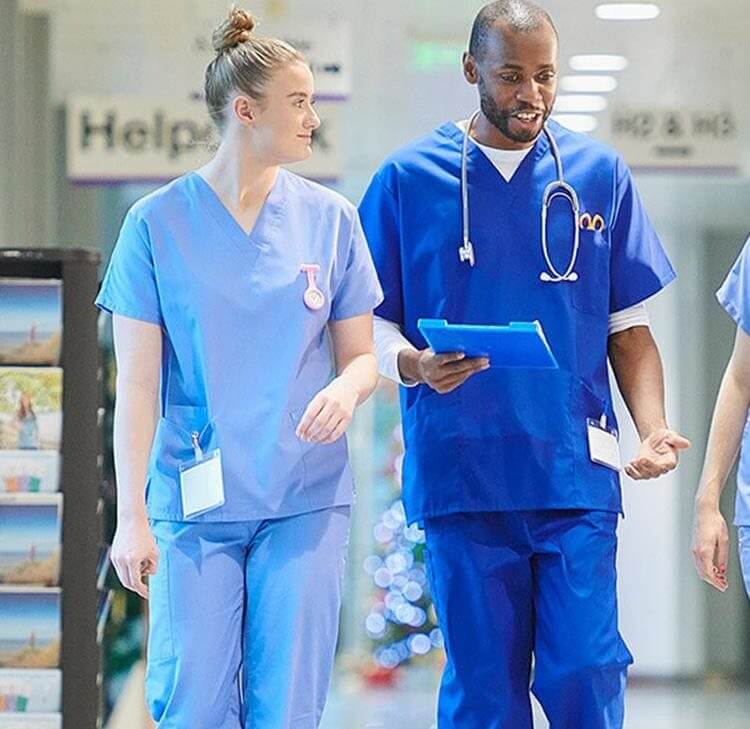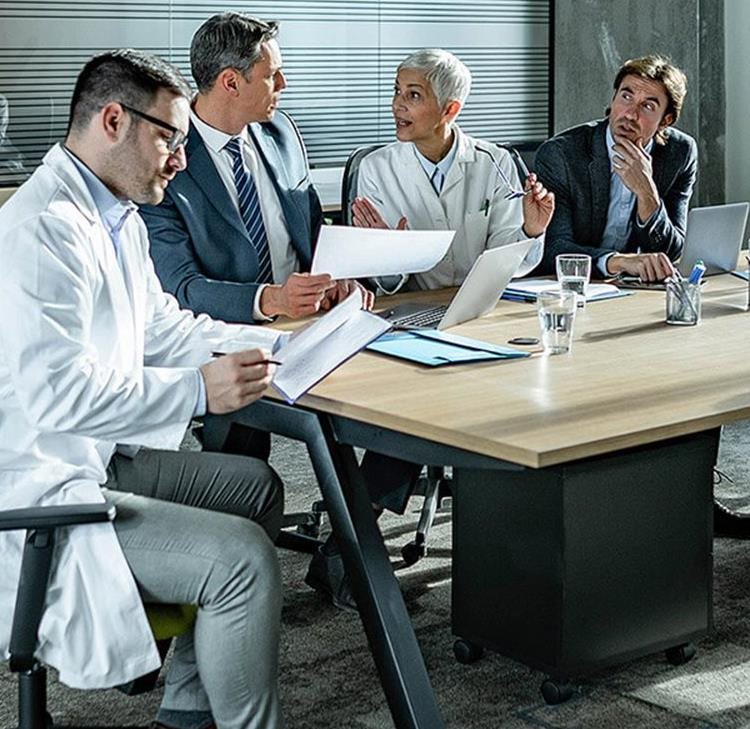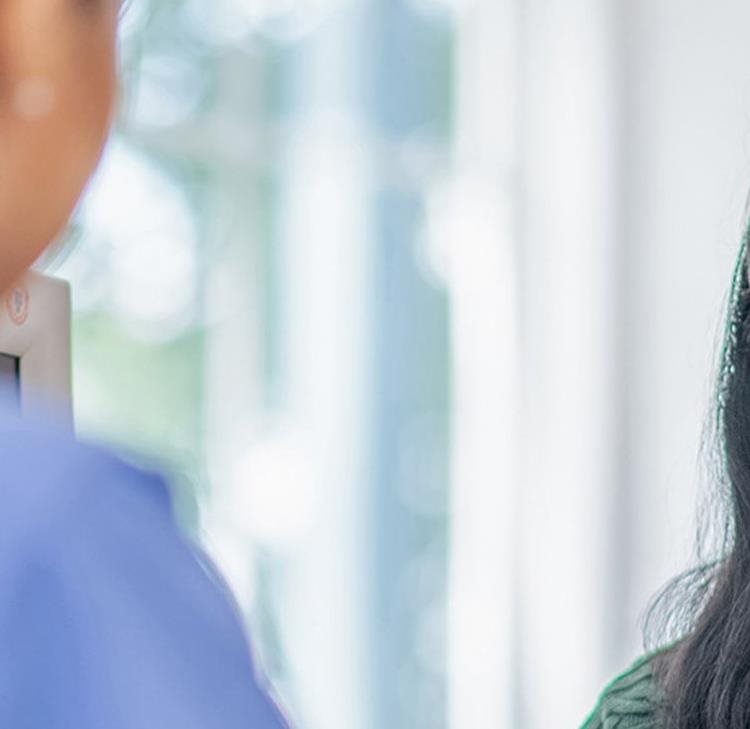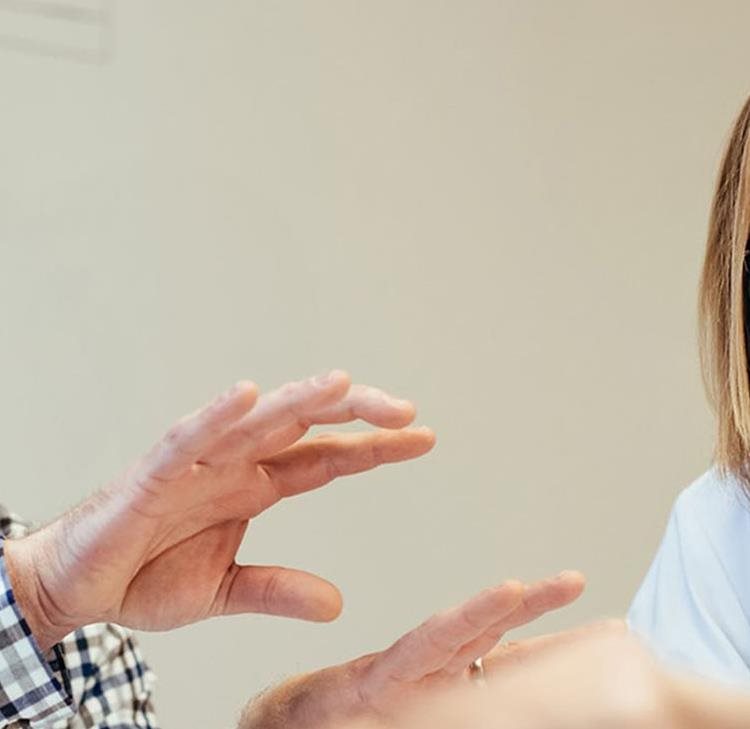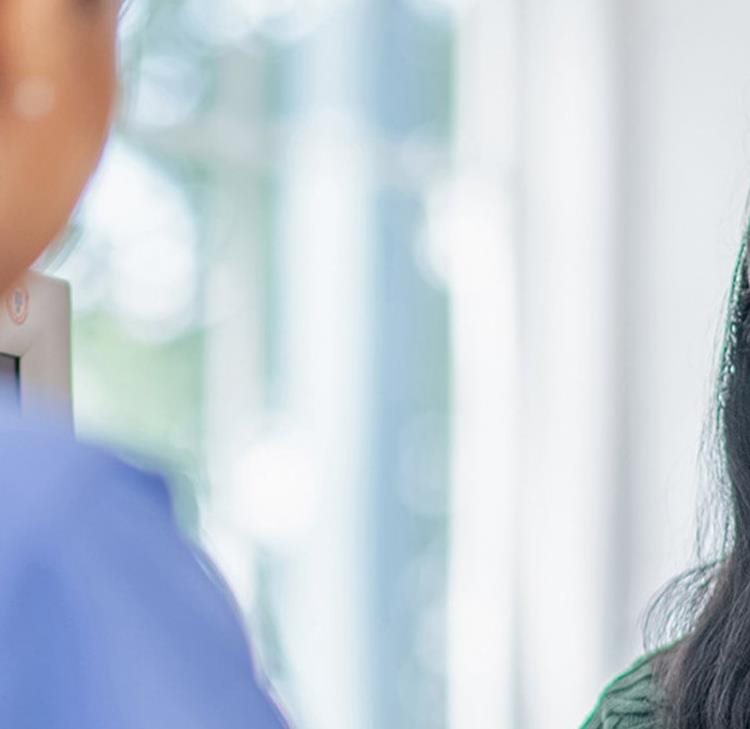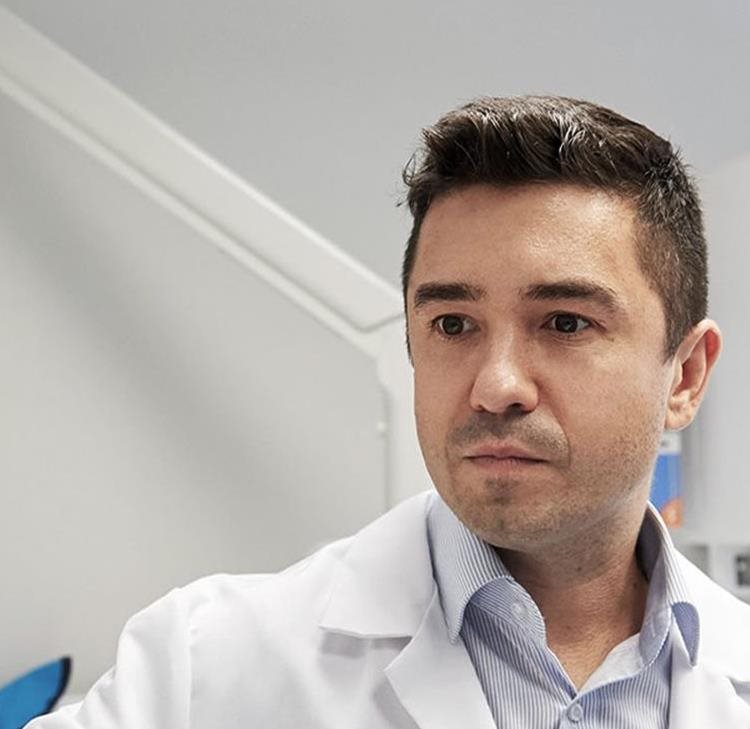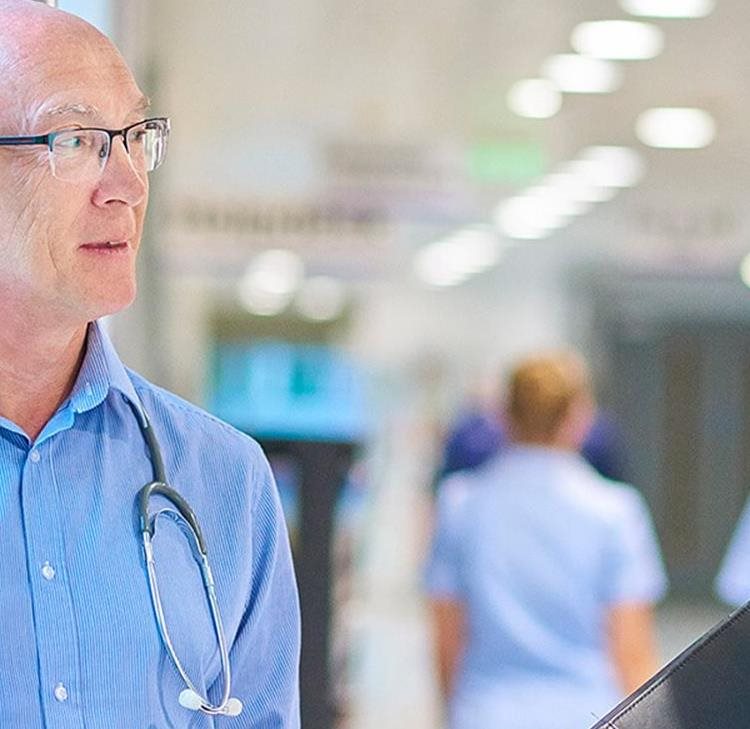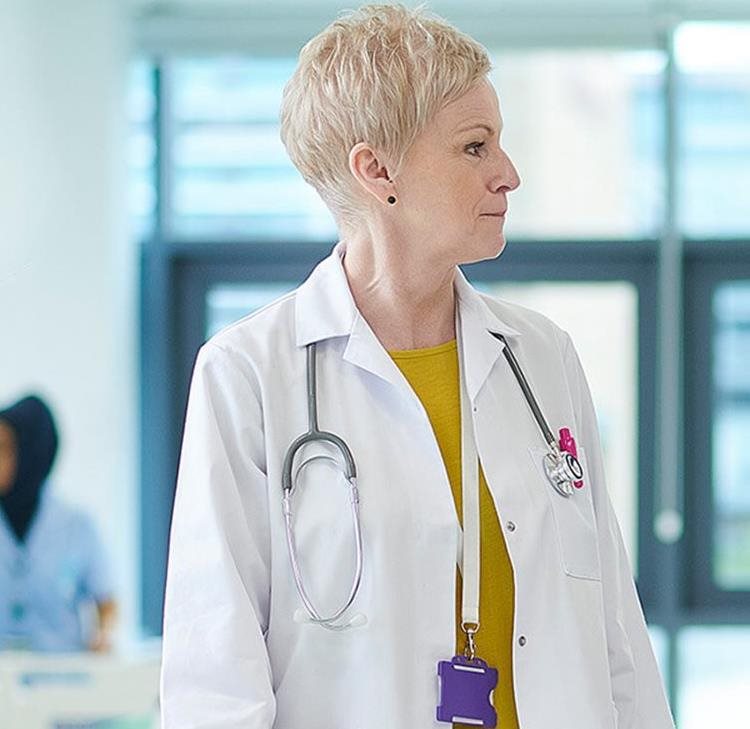Passing the Turing Test: the promising future of AI
The introduction of AI in reading and calculating mammograms now ensures results are delivered 30 times faster than before and with increased accuracy of 99%.
The introduction of AI in reading and calculating mammograms now ensures results are delivered 30 times faster than before and with increased accuracy of 99%. Across the country people are strapping wearable technology to their wrists which provides regular updates on their heart rate. This technology could, one day, perhaps soon, use artificial intelligence (AI) to warn of early signs of heart disease or even a cardiac arrest.
These possibilities leave much to be excited about and the integration of AI into the healthcare sector will lead to improved service delivery and efficient solutions to daily problems. However, public scepticism will need to be overcome first. A human touch is a luxury which many do not trust a robot to replace, and so AI will need to prove its worth. Indeed, a computer can only be “called intelligent if it could deceive a human into believing that it was human” (Alan Turing).
A change in mindset
Efficiency and effectiveness are increasingly important in the healthcare sector and AI provides a solution. The increased life expectancy of the (constantly growing) population, combined with the proliferation of chronic diseases, is a perfect storm. As with many issues in today’s modern world, the healthcare sector is looking towards smart technologies and the growth of AI to ease the burden on organisations such as the NHS. If a machine can do a task, then that is one less task for the staff.
Trust, however, remains a key obstacle. Are people truly willing to trust a machine to conduct a life or death surgery? In fact, a survey found that around 40% of consumers did not trust a machine to make the correct decision should something unexpected occur in a surgery. This is crucial. People still want to rely on the human touch should they go under the knife.
What is more, who can be held legally responsible should a machine malfunction? A true AI would be acting on its own accord and the legal system is not built to hold a machine responsible. It is an exciting but challenging road ahead.
An untapped resource
There is a wealth of data across health centres and applying AI to this information would be powerful. Although again, to fully utilise the potentials of this health-focused data, a mindset change is required. People are rightfully concerned about the usage of their data and this is exemplified when dealing with the categories of data in the healthcare sector. The General Data Protection Regulations 2018 (GDPR) do legitimise the processing of data for health or social care purposes (Source: Article 9(2) GDPR) but there are limits on how far this permits organisations to go. Strict requirements are placed on the movement of this data and the risk of falling foul of the regulations is high.
Yet with an estimated 80% of health-related data being unstructured (Source: IBID) i.e. not contained in a cohesive and communicating database, there is so much potential from data which should be utilised. If the sector can surmount the legal challenges and deploy AI, then it will reap what has already been sowed in databases.
Ownership of an original thought
Intellectual Property (IP) is a growing pain for AI. The implementation of AI will likely result in machines scanning data and “creating” new solutions. This could come in the form of a new chemical compound or simply a method of detecting health issues before they occur. This is both helpful and exciting, but where an AI comes up with a new solution who owns the intellectual property to the creation?
In September 2020, the High Court passed down judgment in Thaler v Comptroller-General of Patents, Designs and Trade Marks. This case found that a machine could not own intellectual property, and obviously could not apply for a patent to obtain any. So, who does own a machine’s creation?
This judgment does not rule out the maker of the machine as owner, but this still leaves issues where machines interact with each other to create something. Or maybe ownership of the IP will not truly matter? Where AI has provided a promising new solution, perhaps we should all be entitled to the fruits of its labours? With exciting possibilities, a new regulatory structure will have to be created to support it.
The market
Investment in the sector has been significant, with 367 healthcare AI start-ups receiving $4 billion in funding last year. There has also been a strong number of mergers and acquisitions across the sector. Support is also provided by public sector administrations like the NHS AI Lab which aims to “aid the development and scaling of the most promising AI solutions”.
Overall this reflects a level of excitement across the market as a whole and suggests there is a clear direction forward for AI in healthcare. By receiving investment and consolidating funding there is access to resources for developers across the market. There is also a strong belief from investors that this technology is a product of the future and that the investment will pay dividends down the line.
There is still work needed to promote the sector and to change the public opinion of AI, but with its clear effectiveness and efficiency it is hard to deny the benefits. And with the market opinion predicting AI’s imminent rise in healthcare, it is surely only a matter of time.
If you have questions or would like to discuss this further, please contact Gabriel Downey or Giles Parsons.
Contact

Mark Hickson
Head of Business Development
onlineteaminbox@brownejacobson.com
+44 (0)370 270 6000



